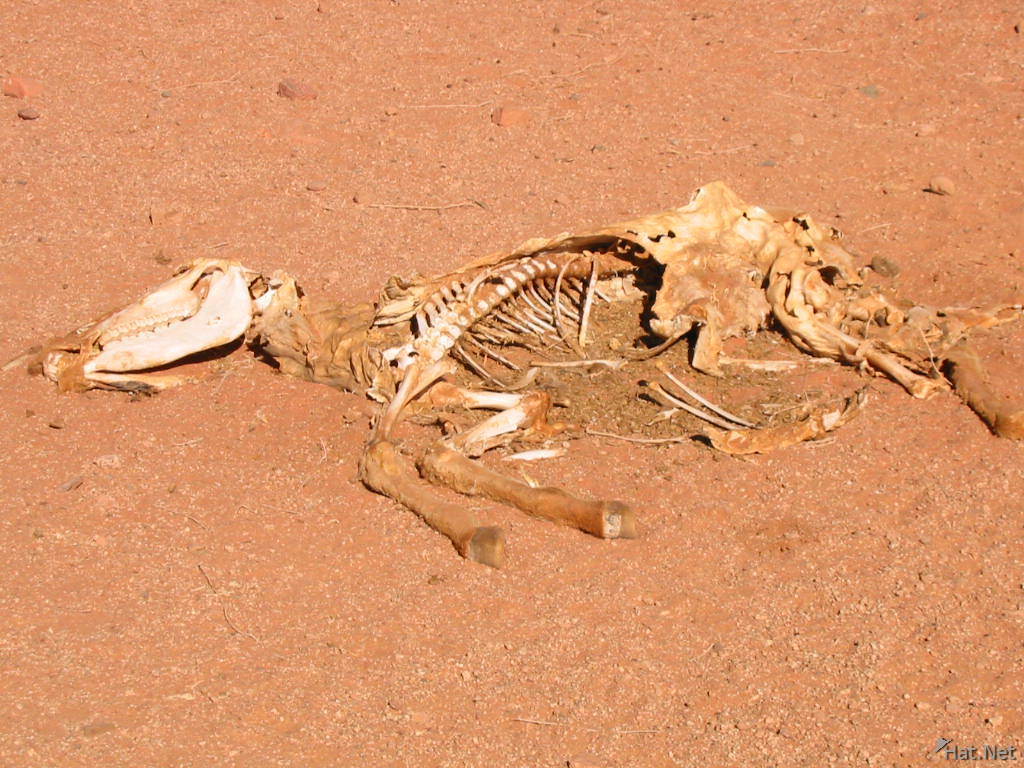 Nooooooo!!!!!!!!!
Nooooooo!!!!!!!!!
Posted on 09/22/2004 6:06:58 PM PDT by zide56
Astronomers have found a cloud of frozen sugar near the centre of our galaxy, the Milky Way, it was revealed yesterday.
The discovery heightens the possibility of early building blocks of life originating in interstellar space.
Molecules of a simple sugar, glycolaldehyde, were detected in a cloud of gas and dust called Sagittarius B2 about 26,000 light years away.
Observations indicated large quantities of the sugar frozen to a temperature only a few degrees above absolute zero, the point at which all molecular movement stops.
Glycolaldehyde consists of two carbon atoms, two oxygen atoms and four hydrogen atoms.
This type of molecule is known as a two-carbon sugar. Significantly, it can react with a three-carbon sugar to produce the five-carbon sugar ribose - the molecule which forms the backbone of DNA.
The discovery adds to the growing evidence that the foundations of life can be traced to chemical reactions within interstellar clouds.
The clouds, which are often many light years across, provide the raw material from which new stars and planets are formed.
Radio astronomer Dr Jan Hollis, from the American space agency NASA’s Goddard Space Flight Centre in Green- belt, Maryland, said: "Many of the interstellar molecules discovered to date are the same kinds detected in laboratory experiments specifically designed to synthesise prebiotic molecules.
"This fact suggests a universal prebiotic chemistry."
Gravitational attraction causes lumps to form in interstellar clouds which eventually condense into stars and planets.
The process generates so much heat that any prebiotic molecules within the planetary lumps would probably be destroyed.
But the new findings show that life’s building blocks could exist in the frozen wastes beyond the planet-building zone of an embryonic solar system, where comets form.
A collision with a comet or a brush with a comet’s tail could then "seed" a young planet with the material needed to kick-start life.
The Green Bank Telescope which was used in the study is the world’s largest fully-steerable radio telescope. Its dish covers more than two acres of signal-collecting area.
Dr Philip Jewell, another member of the Green Bank team, said: "The large diameter and great precision of the telescope made this discovery possible, and also holds the promise of discovering additional new complex interstellar molecules."
Since it might seem that a black hole's event horizon is where stars,etc. are torn to bits, sugar might just be a by-product, huh?
List of interstellar molecules here:
http://www.cv.nrao.edu/~awootten/allmols.html
According to a prior poster, "two carbon atoms, two oxygen atoms and four hydrogen atoms"
OK, so the most likely reaction given common components of interstellar dust is...?
What is the rate constant for the reaction, at, say, 5 K?
Please recall, I'm asking, not claiming to know already.
"Pour some solar system on me" wouldn't have been a hit."
Ah! (sound of candle igniting above my head...)
*Now* I get the point of the Archies cartoon earlier
in the thread..."Sugar Sugar"
George W. Bush will be reelected by a margin of at least ten per cent
Actually, I had the hots for Josie & The Pussycats.
Hmmm...maybe a music video featuring them, and a cameo by The Viking Kittens? And then Laura Ingraham & Ann Coulter?
And then...
Sorry. It's past my bedtime.
I'll quit before my beeber gets stuned completely. :-)
uh-oh. This can only mean one thing....LOL!!!
GIANT INTERGALACTIC BEES!!!!
The company that makes Twinkies is going out of business, and now THIS???
But then, *most* molecules are pretty darned small. (rimshot)
 Nooooooo!!!!!!!!!
Nooooooo!!!!!!!!!
Thanks for the link.
Excerpting from this link, however:
"We don't yet understand how it could be formed there.
A combination of more astronomical observations and
theoretical chemistry work will be required to resolve the
mystery of how this molecule is formed in space."
Ergo, my question.
Never trust a skinny cook!
In fact, it was at one time believed that organic compounds were indeed formed solely by life processes. Then urea was synthesized from inorganic chemicals and this notion was discredited and the current definition of organic as carbon containing compounds (other than a couple of simple ones, like CO, CO2, and H2CO3)was accepted.


Welcome to the Chat Forum, home of FR's liveliest threads.
Hydrogen "is" a proton. Protons, as of now, do not decay.
I put the quotes around -is- so as to diminish the possibility of a red herring attack.
26,000 light years is a fair piece for a universal process.
Disclaimer: Opinions posted on Free Republic are those of the individual posters and do not necessarily represent the opinion of Free Republic or its management. All materials posted herein are protected by copyright law and the exemption for fair use of copyrighted works.